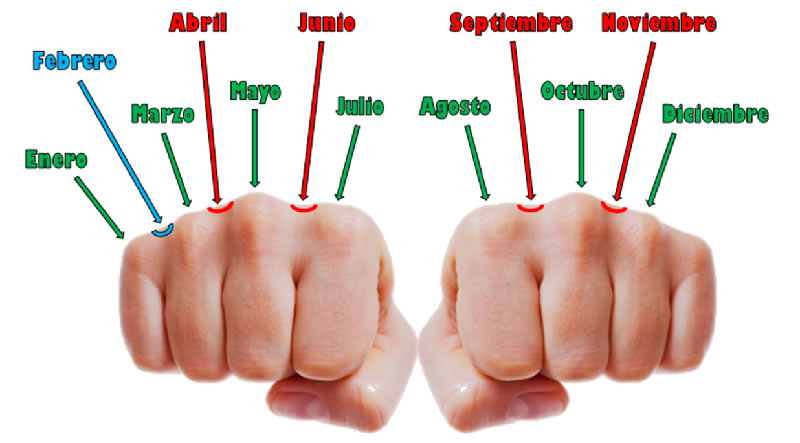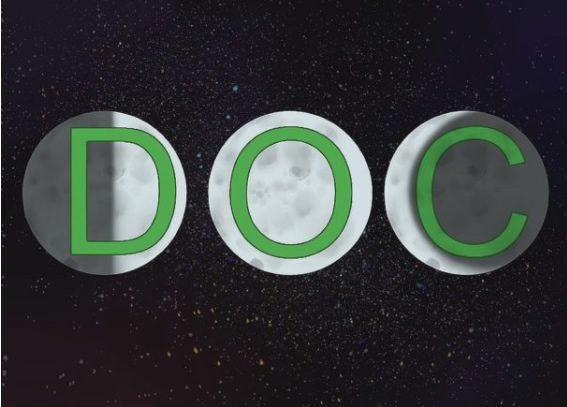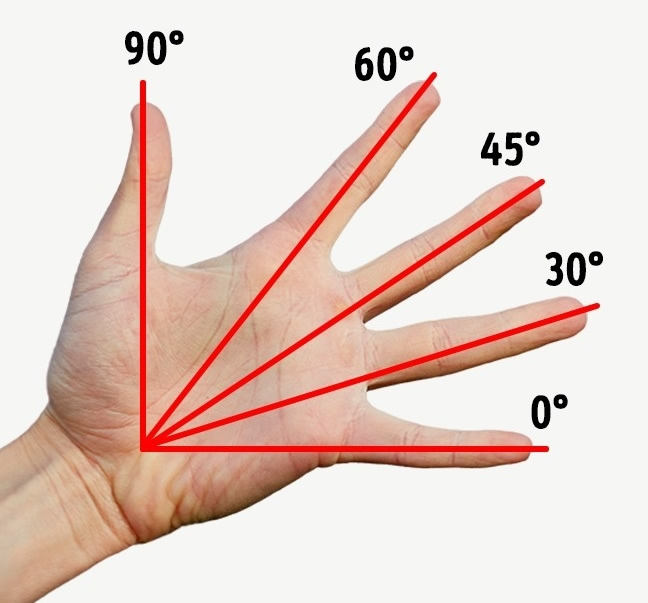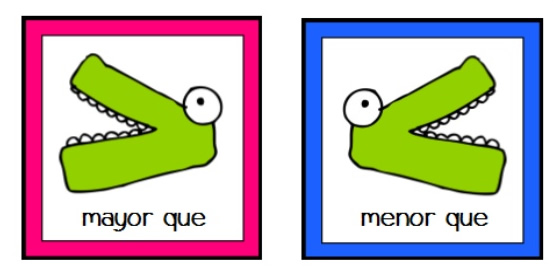Currently the internet has revolutionized the world of education, thus having access to thousands of resources on any subject, but in the past there were also little mnemonic tricks that were very useful in exams and that still linger in our minds. We refresh them below:
Trick to learn the days of each month
All children know how many months the year is made up of, but what is not so easy for them is to learn how many days there are each month. To learn it, we had a simple and easy way that will be very useful to you, the knuckle trick.
As we count the months, we will take into account that the fingers that point to the knuckles will have 31 days, and those that point to the spaces between them will have 30. February, as we already know, is the exception, with 28 or 29 depending on whether the year is leap or not. .

Trick to differentiate the crescent and the decreasing moon
Learning the phases of the moon is quite simple, but we tend to be wrong about when it is increasing and when it is decreasing. If we can draw a C on the illuminated side of the moon, it means that it is decreasing, while when we can draw a D it will be an increasing phase.

Trick to multiply by 6, 7, 8 and 9
Multiplication tables are where elementary school kids get stuck the most. When they start, everything is simple, but when they reach the table of 6, things get complicated, leading to mistakes.
So that the children do not make more mistakes we must ask them to put the palms of their hands up. We must number each finger as shown in the image. If we want to multiply, for example, 7 × 8, we must connect the finger that we have assigned with the number 7 with the finger number 8; Once done, we will do a simple multiplication with the remaining fingers from the upper part, and in the lower part we will add the fingers including those that have been joined.
The result of the multiplication above will be the units, and the sum below the tens, giving the result 56.

Trick to learn angles
Knowing the angles is very simple: the child should extend his hand with the palm up, extending all the fingers as far as possible. The little finger must be supported on any surface, so it will have the 0º angle. From there the thumb will have a right angle of 90º, as shown in the illustration.
The other fingers will have 60º, 45º and 30º, in that order.

Trick to learn the symbols for “greater than” and “less than”
In order not to confuse the symbols for major and minor in the exams, we will have to make a simple drawing simulating a crocodile’s mouth. That way, when the crocodile wants to eat the number it will know that it is the largest, and when it does not want the smallest.












































































































